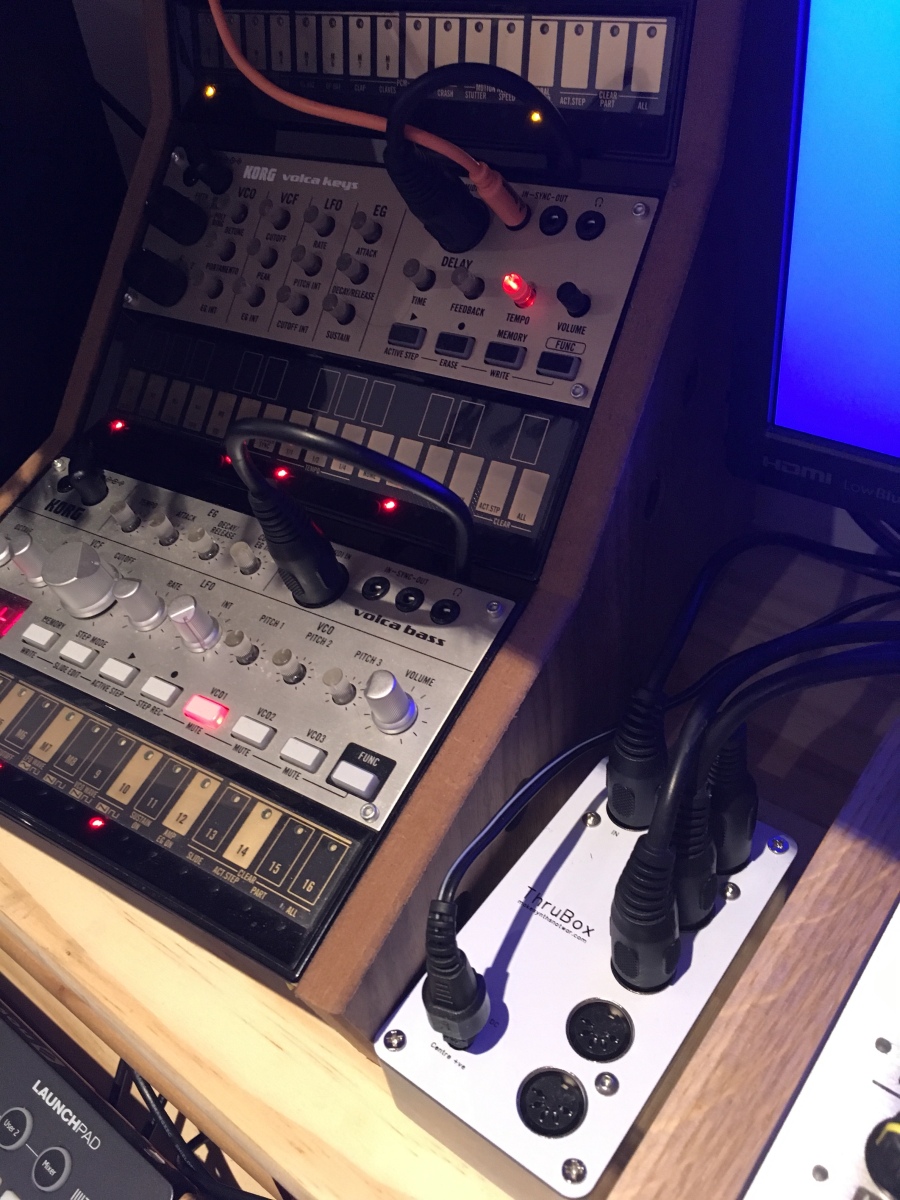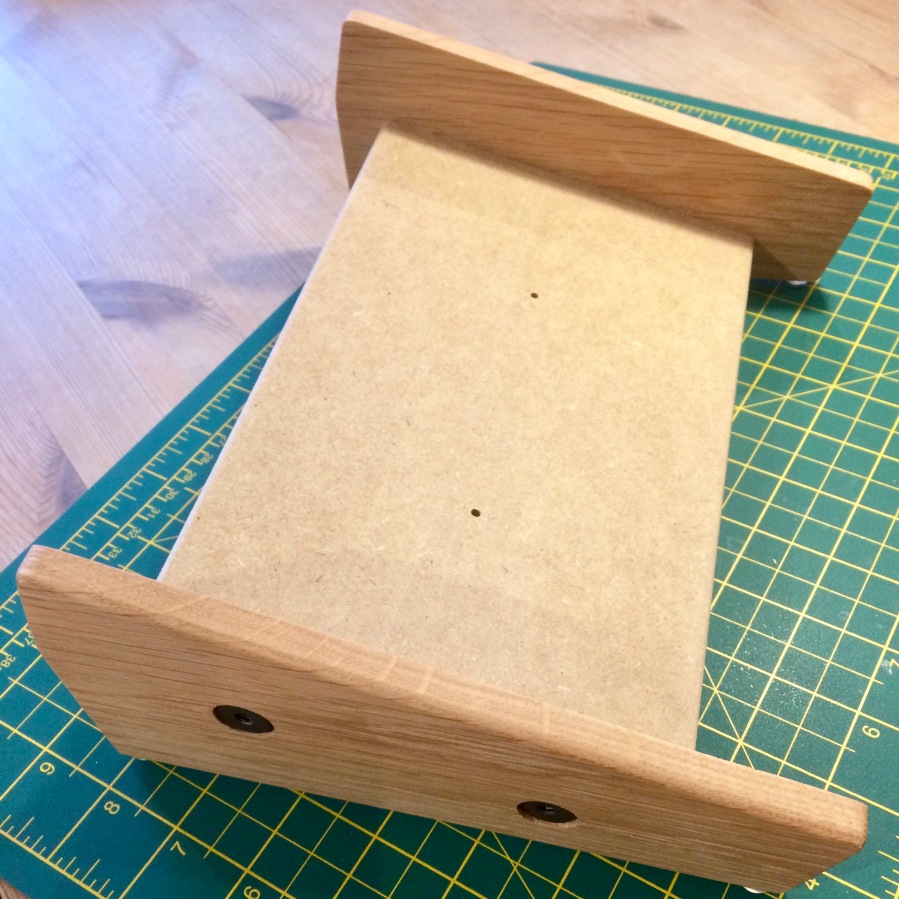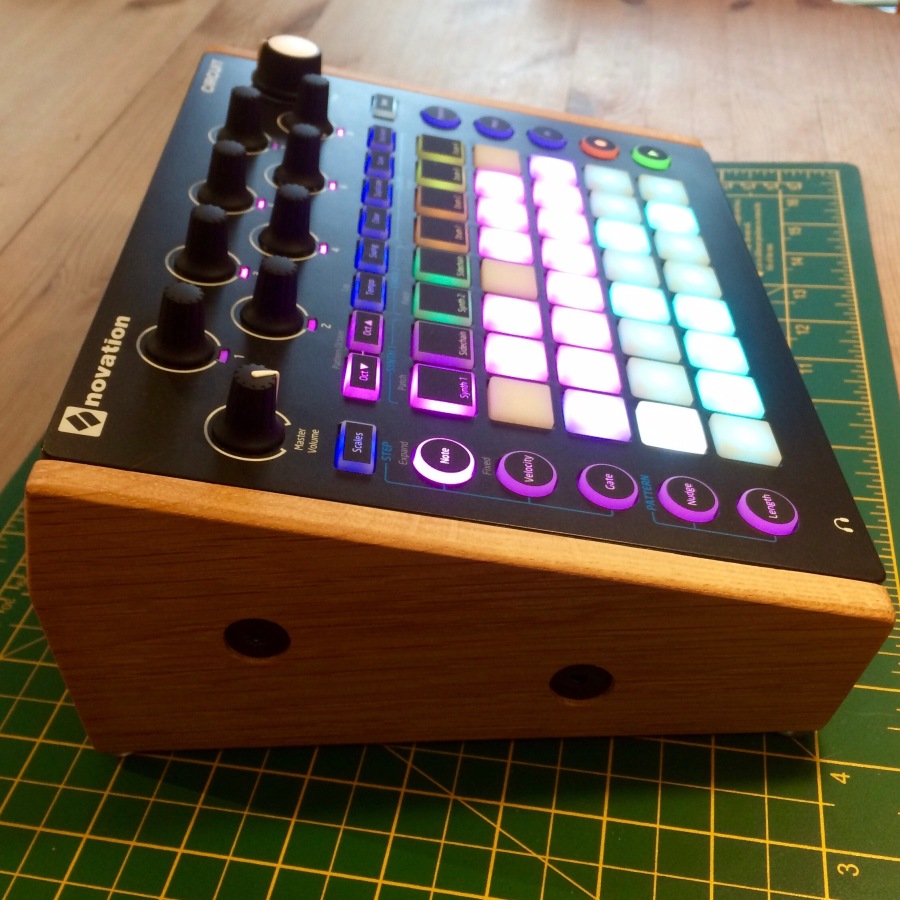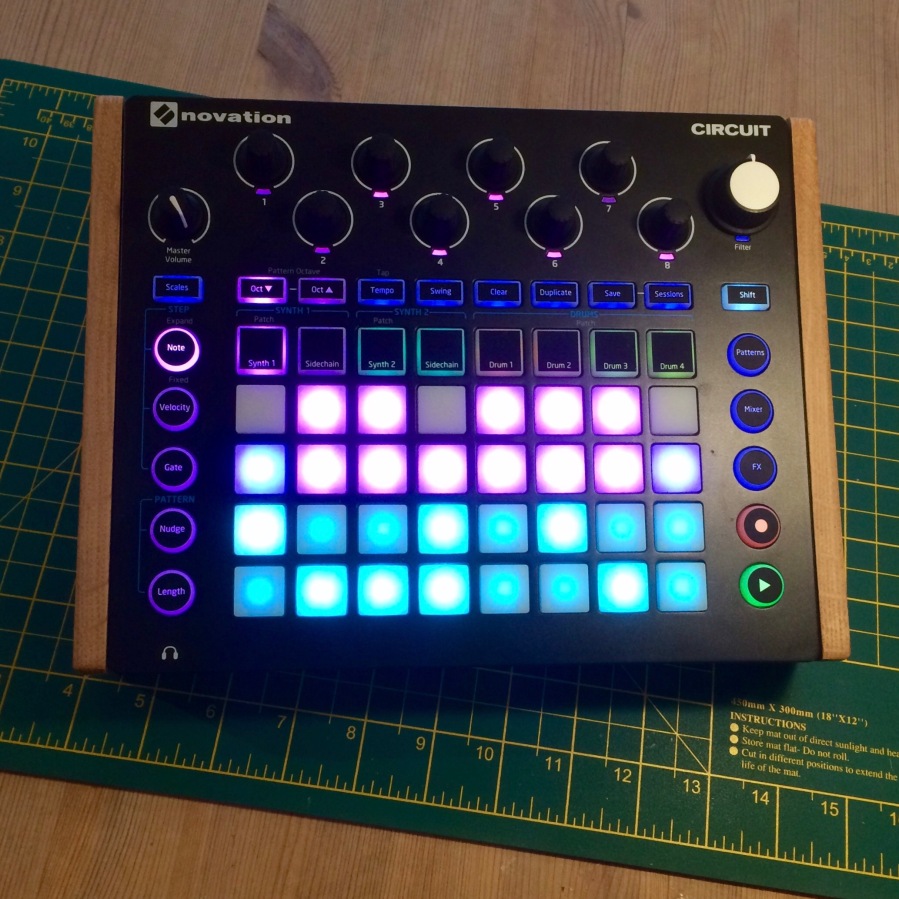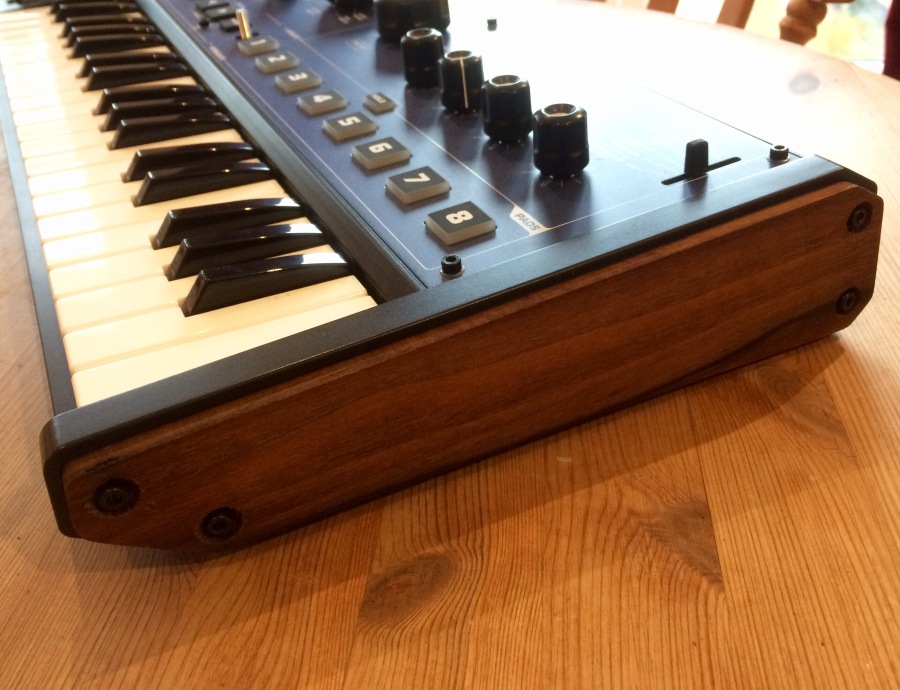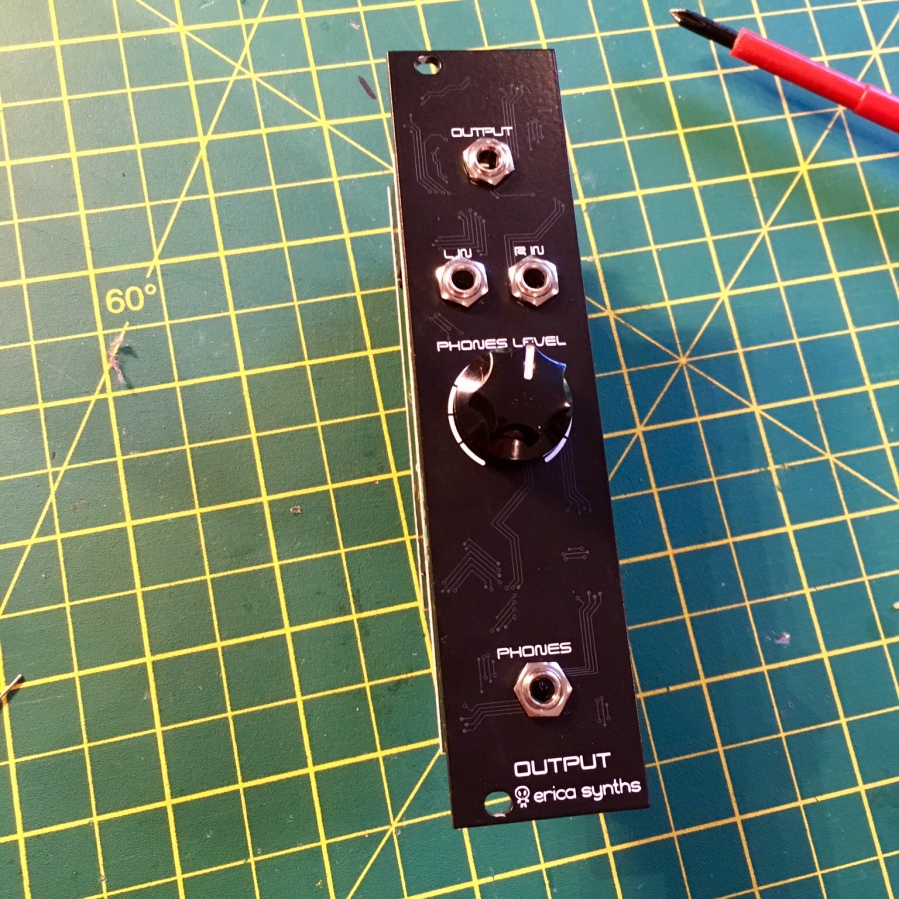
Erica Synths is a Latvian based company that seems to know what people look for when they need something for their Euroracks. They do an extremely varied range of modules, some based on circuits found the infamous Polivoks synthesiser from Russia.
As well as their range of ready to go modules they have gone back to the D.I.Yers and also made a range inspired by the Polivoks.
The D.I.Y Output is a great little module to give you a main Stereo Output, Left and Right inputs(if you only plug in the left it’ll become stereo as the right channel is normalled to it if nothing is plugged in on that jack). Nice 👍
You also get a stereo headphone out and level dial. So you don’t have to plug your Eurorack into any other amplifier.
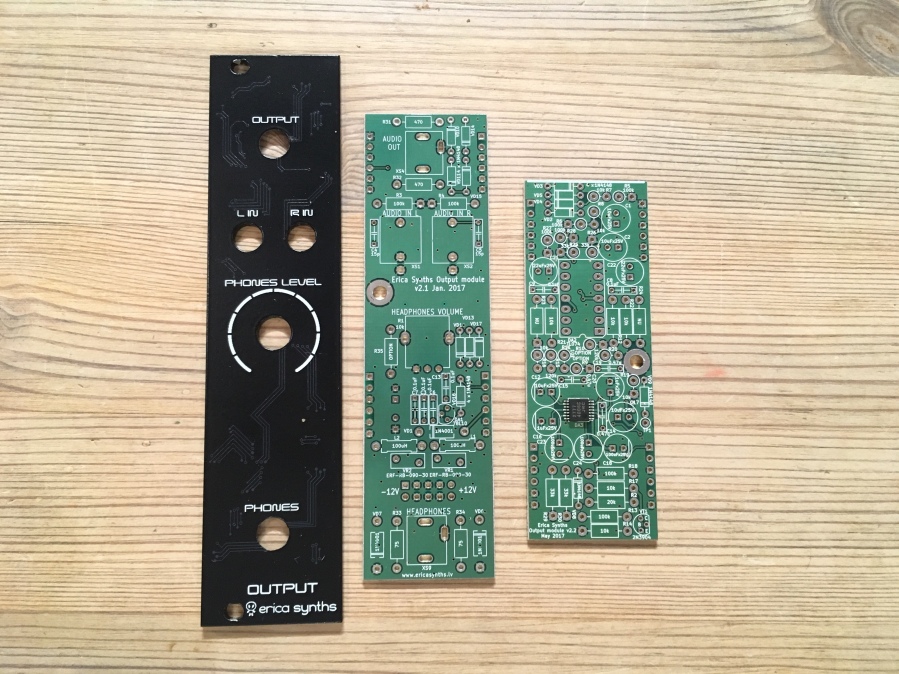
The full kit consists of all the necessary parts for you to be able to complete your build. They are separated into bags for each of the PCBs/Panel which saves you sorting through all the parts. There are build guides, BOM, component placement documents and schematics available online. I highly recommend you download these and read them in detail before starting your build so as to not make any mistakes.
Also to note is that the resistors don’t have any values written on them(like some other company DIY kits do) so I recommend that you either use your multimeter or an online resistor colour code checker and sort them before you start. It is worth doing a complete check of all supplied parts. If there are any missing Erica Synths are really quick at support should you need them.
The Build
The build went really well for me(I did have an issue with the right input no working once plugged in but a reflow on a bad joint sorted this), as previously mentioned I followed the online build guide and took my time. Their aren’t too many resistors(thank goodness), and there are a few standing ones to do too along with diodes, capacitors etc. There is one SMD chip which is handily pre-soldered and two stereo, plus two mono jacks.
The black panel is black painted aluminium I believe with a nice etched design, the knob and potentiometer is of good quality too. They haven’t cut costs with cheap components here, it’s all good quality and once you’ve built one you will see what I mean.
Below are some images of the built module.
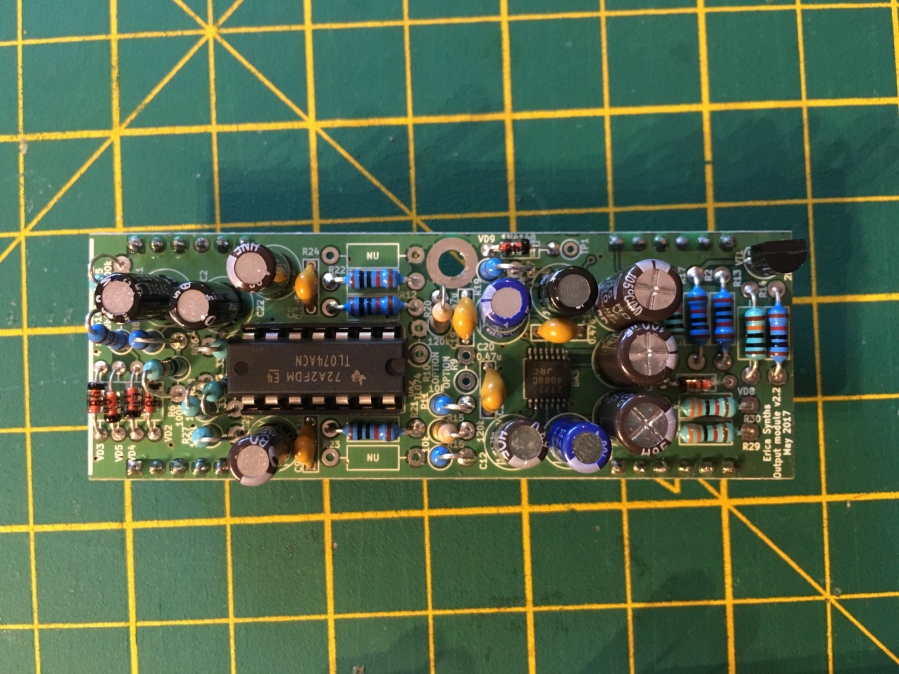

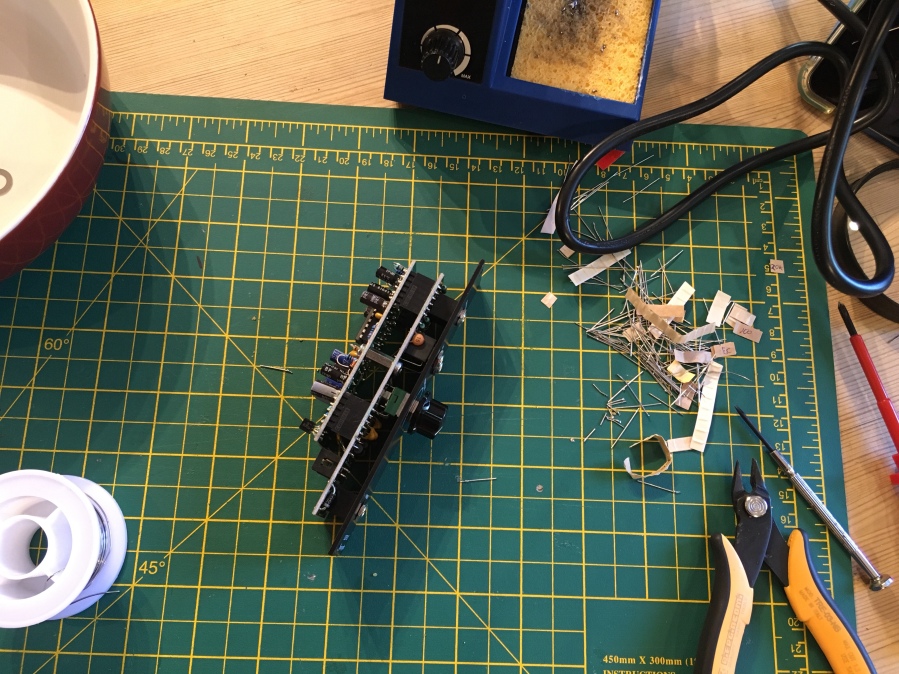

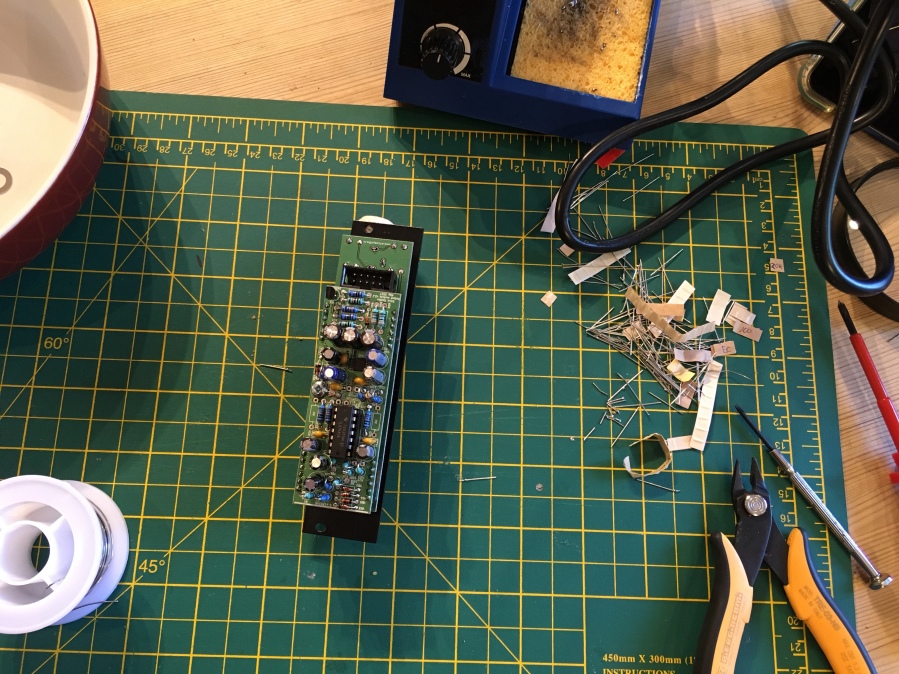
So, to sum it up the D.I.Y. Output is a really good kit to add to your Eurorack!
Its available directly from their webshop. Although they are in Latvia the kit was delivered in around a week, you can also get it from other suppliers such as Thonk here in the U.K. and from other suppliers around the globe.
You can also catch a video of my unboxing and build here:
Look out for more soon.
Cheers

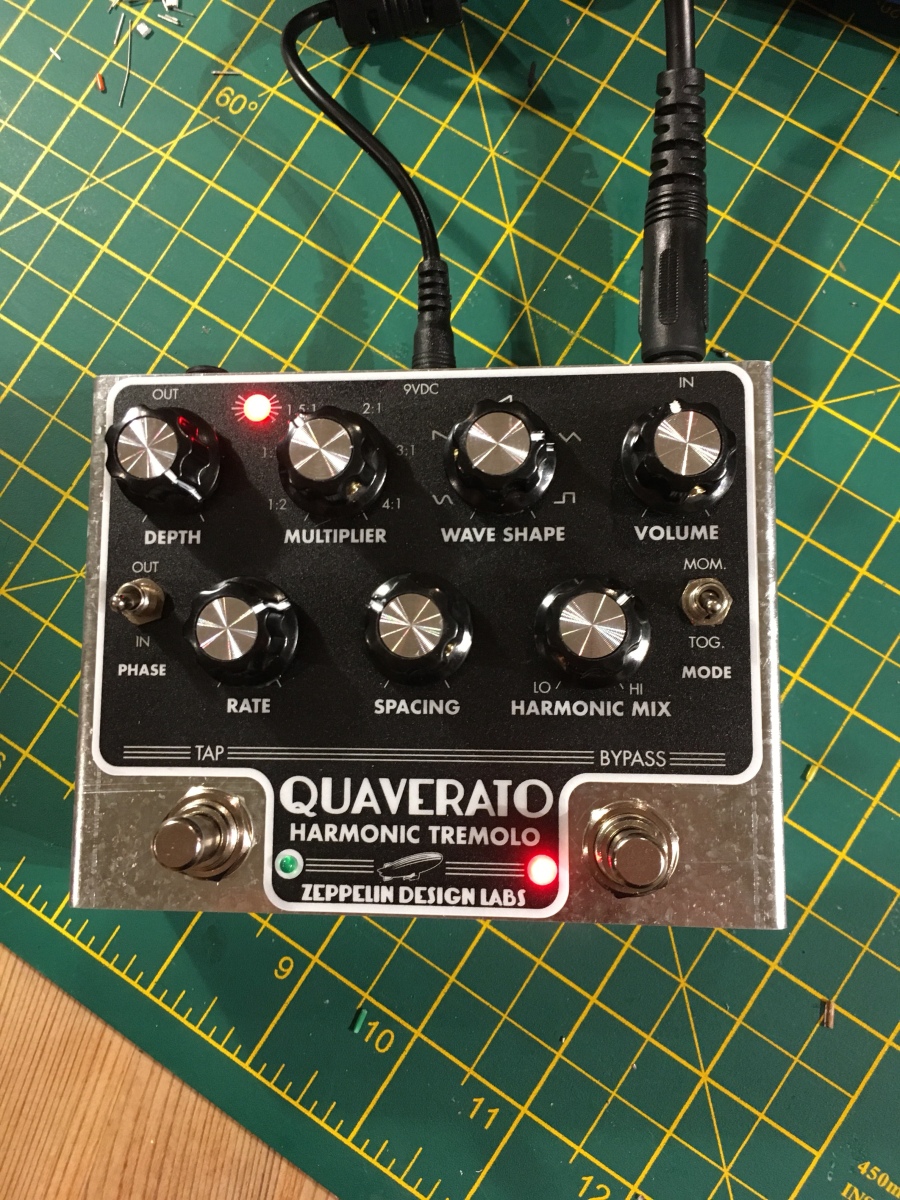
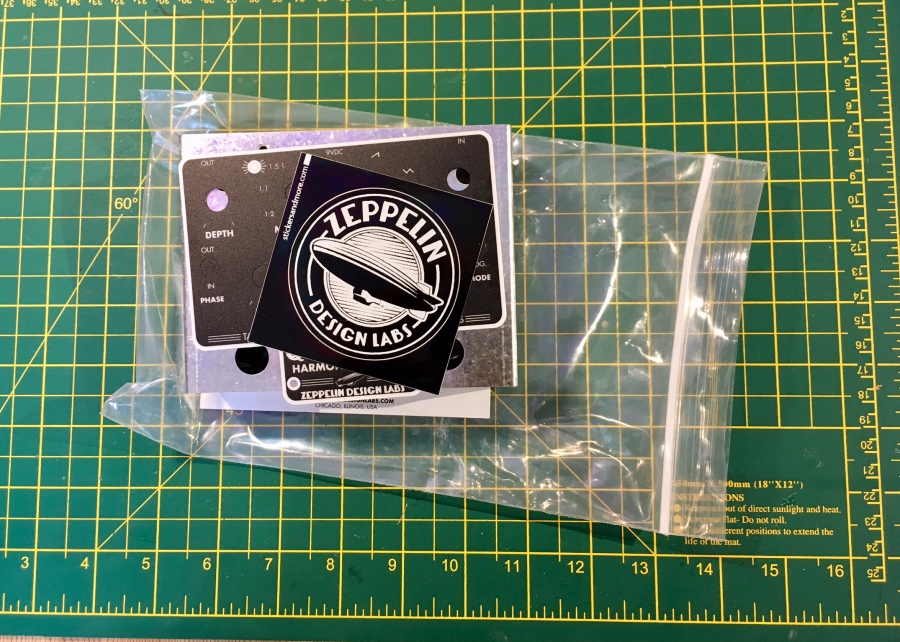
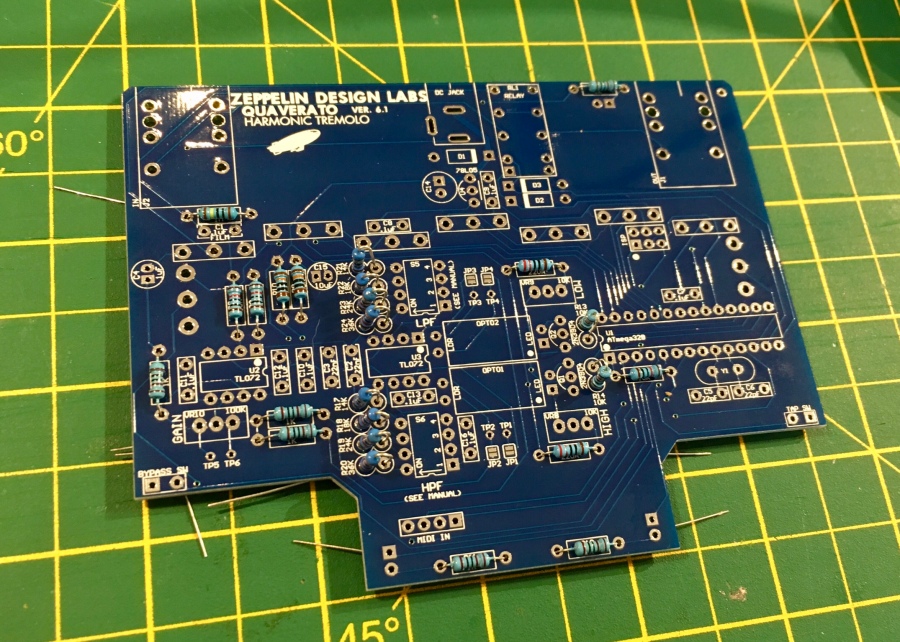
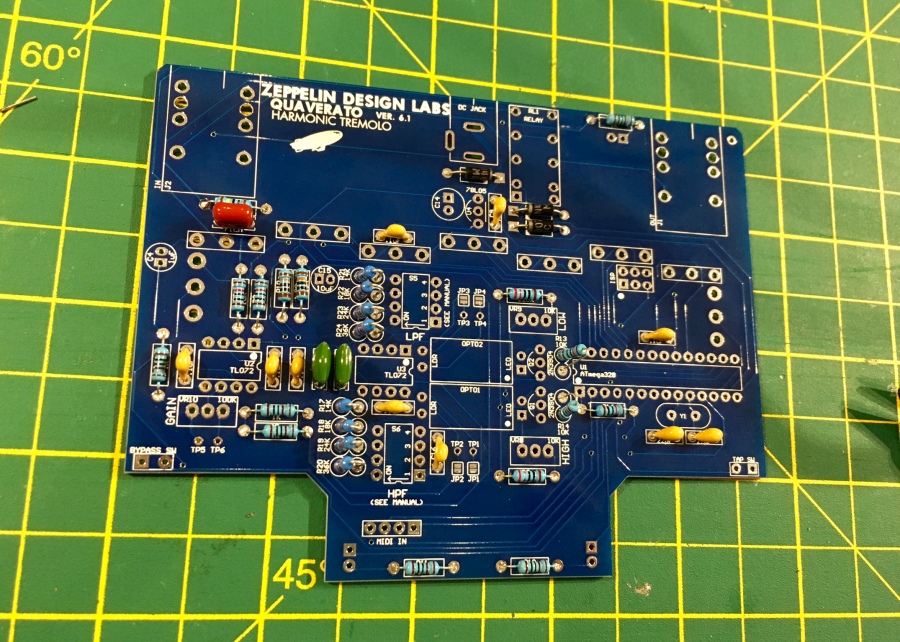
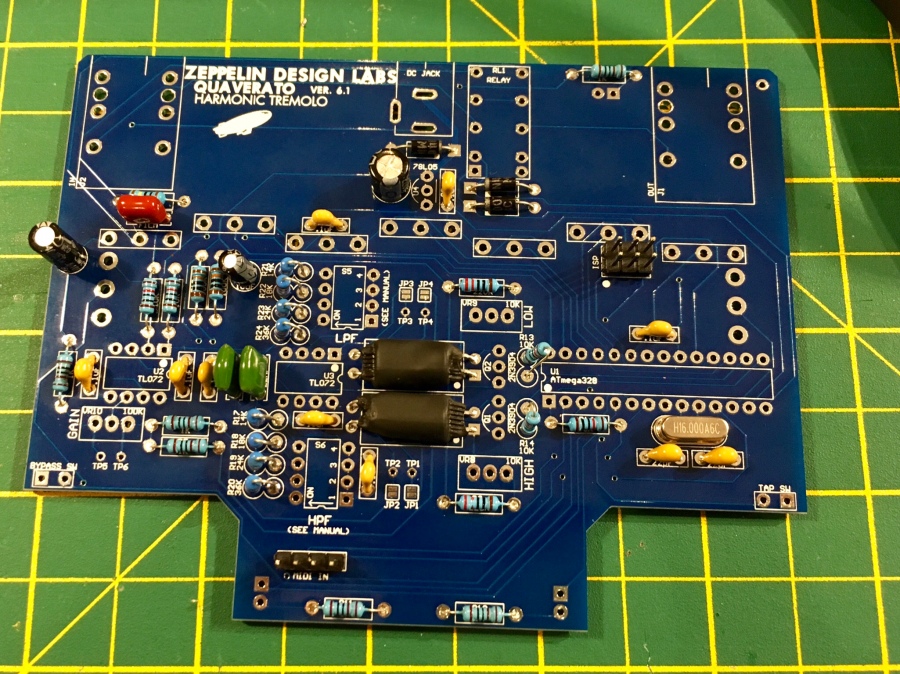
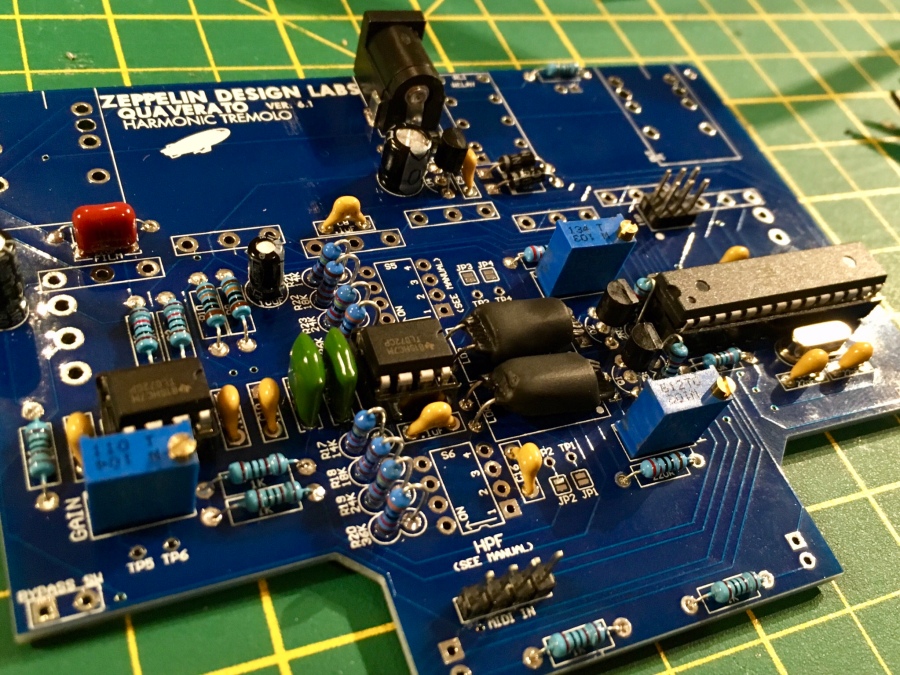
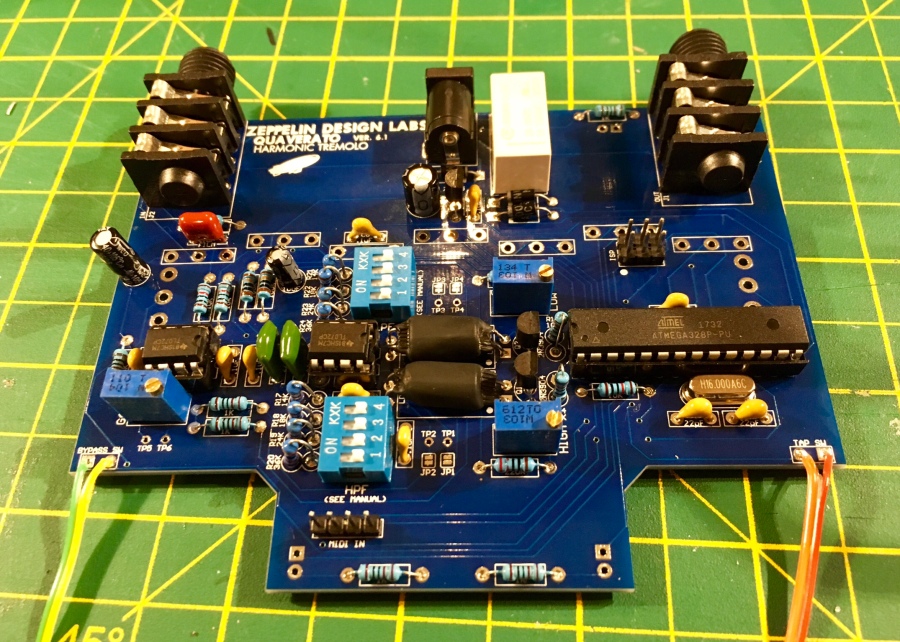
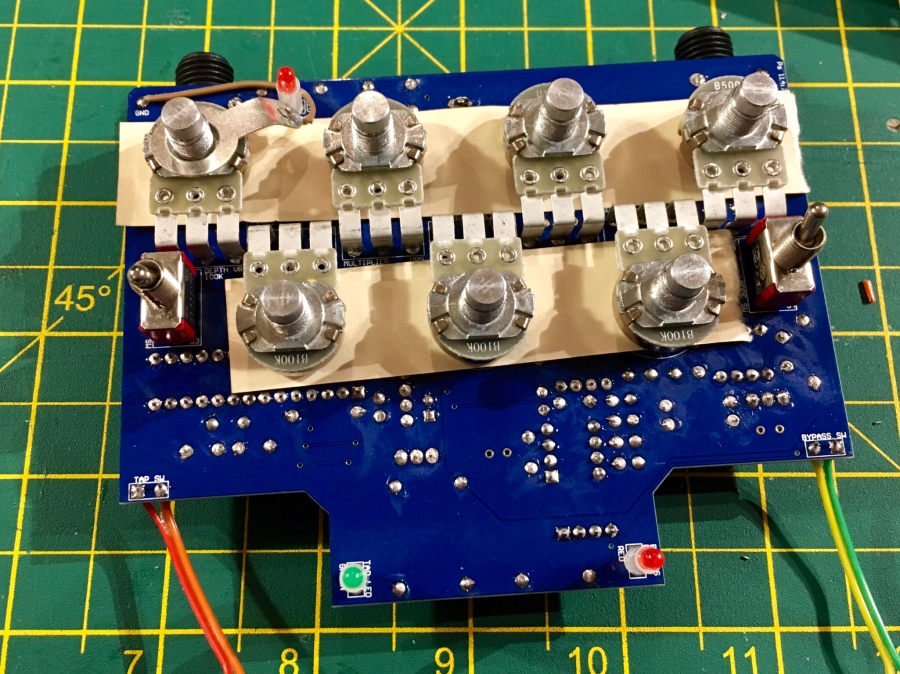
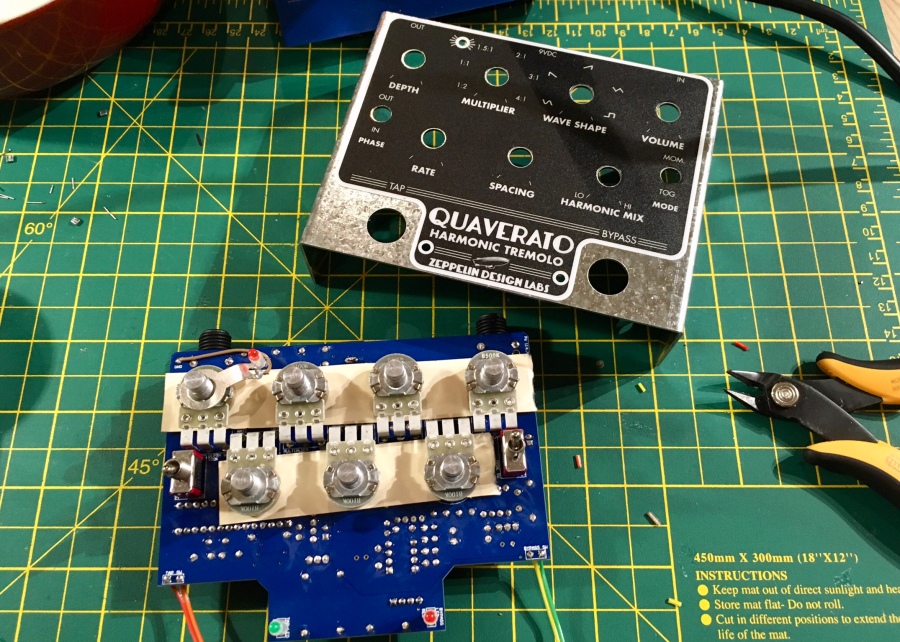
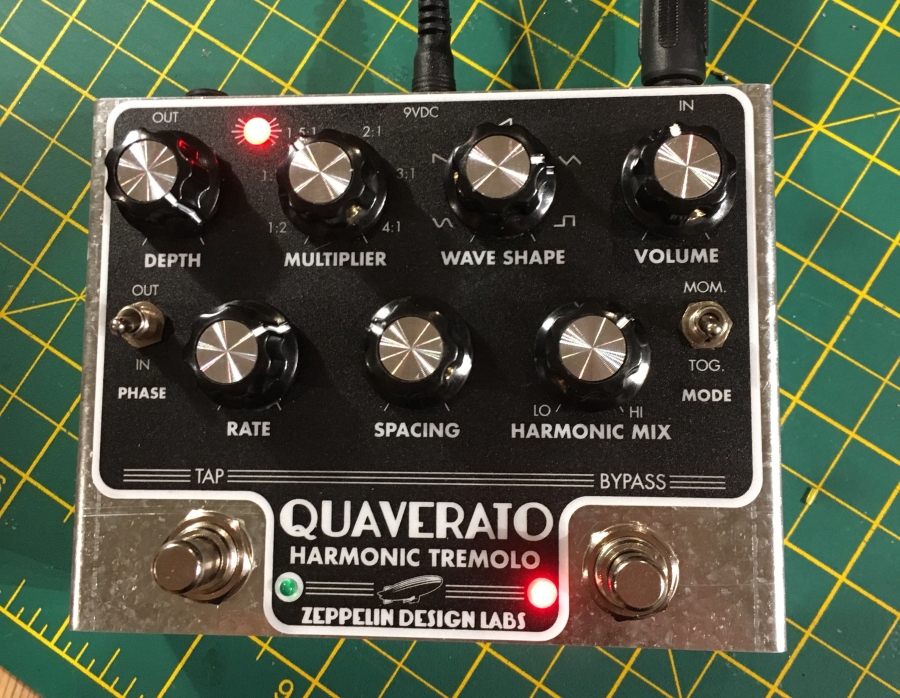
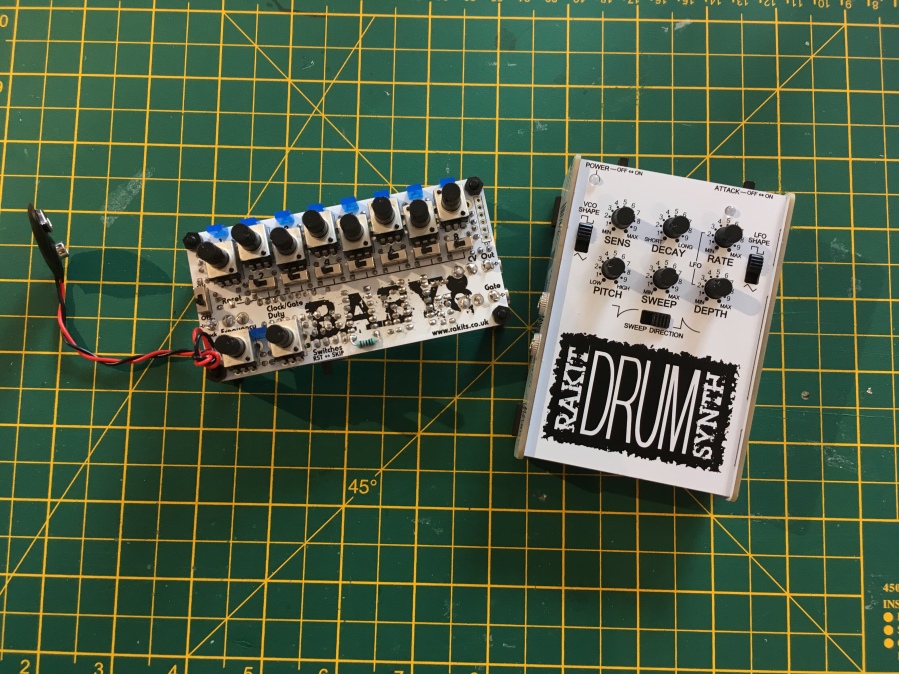
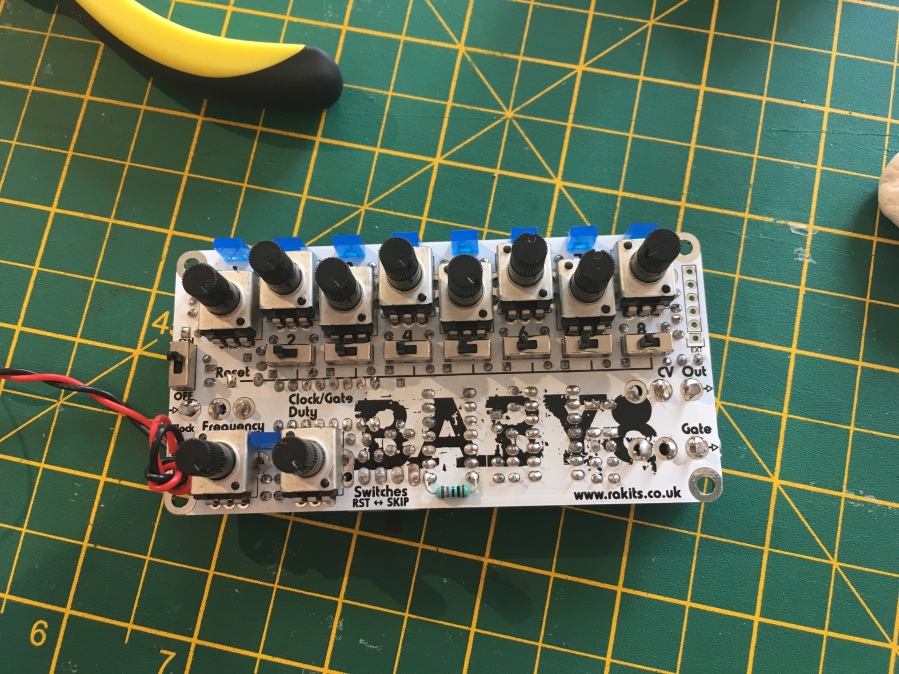
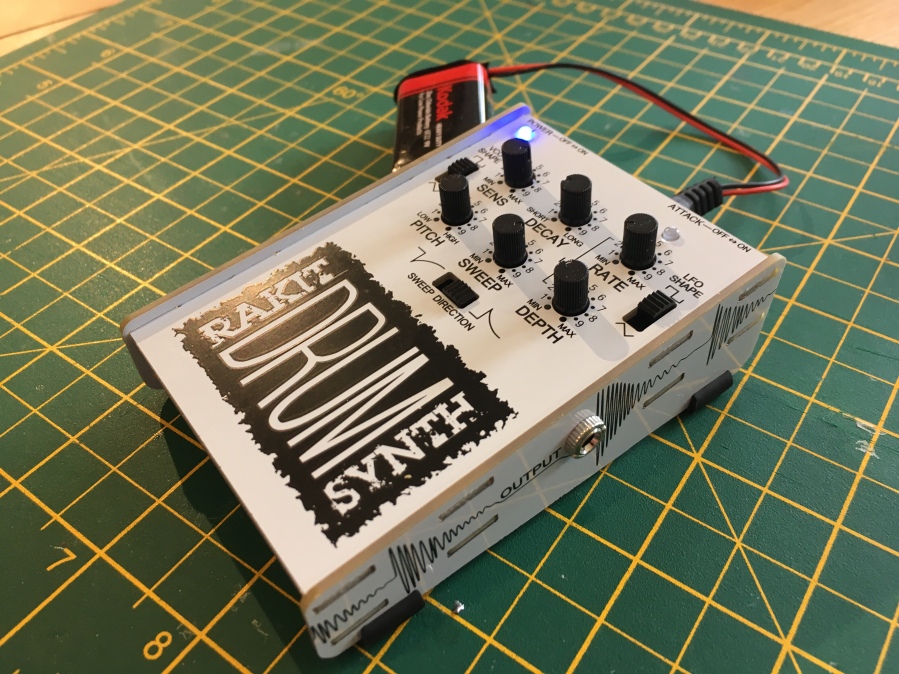

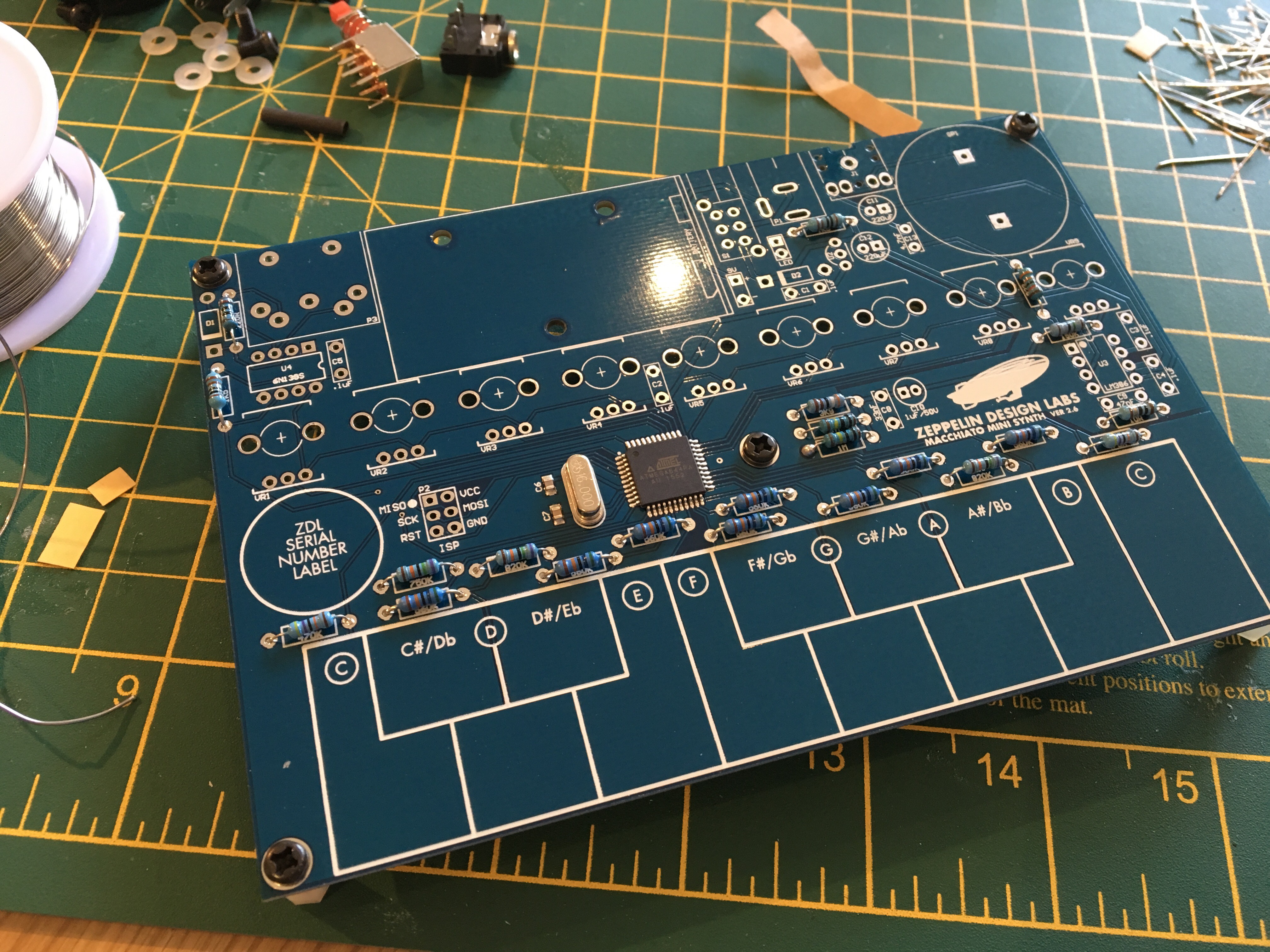
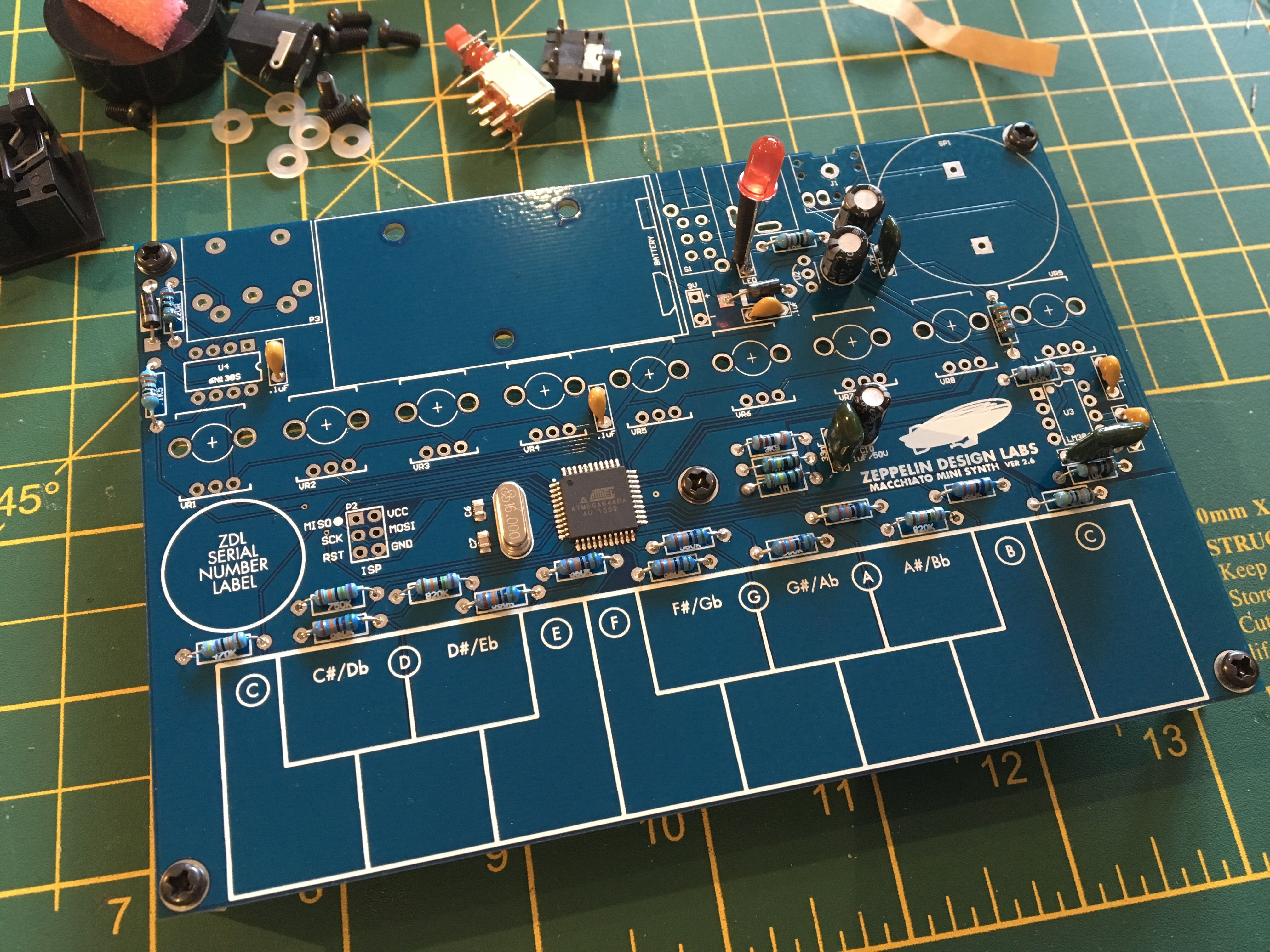
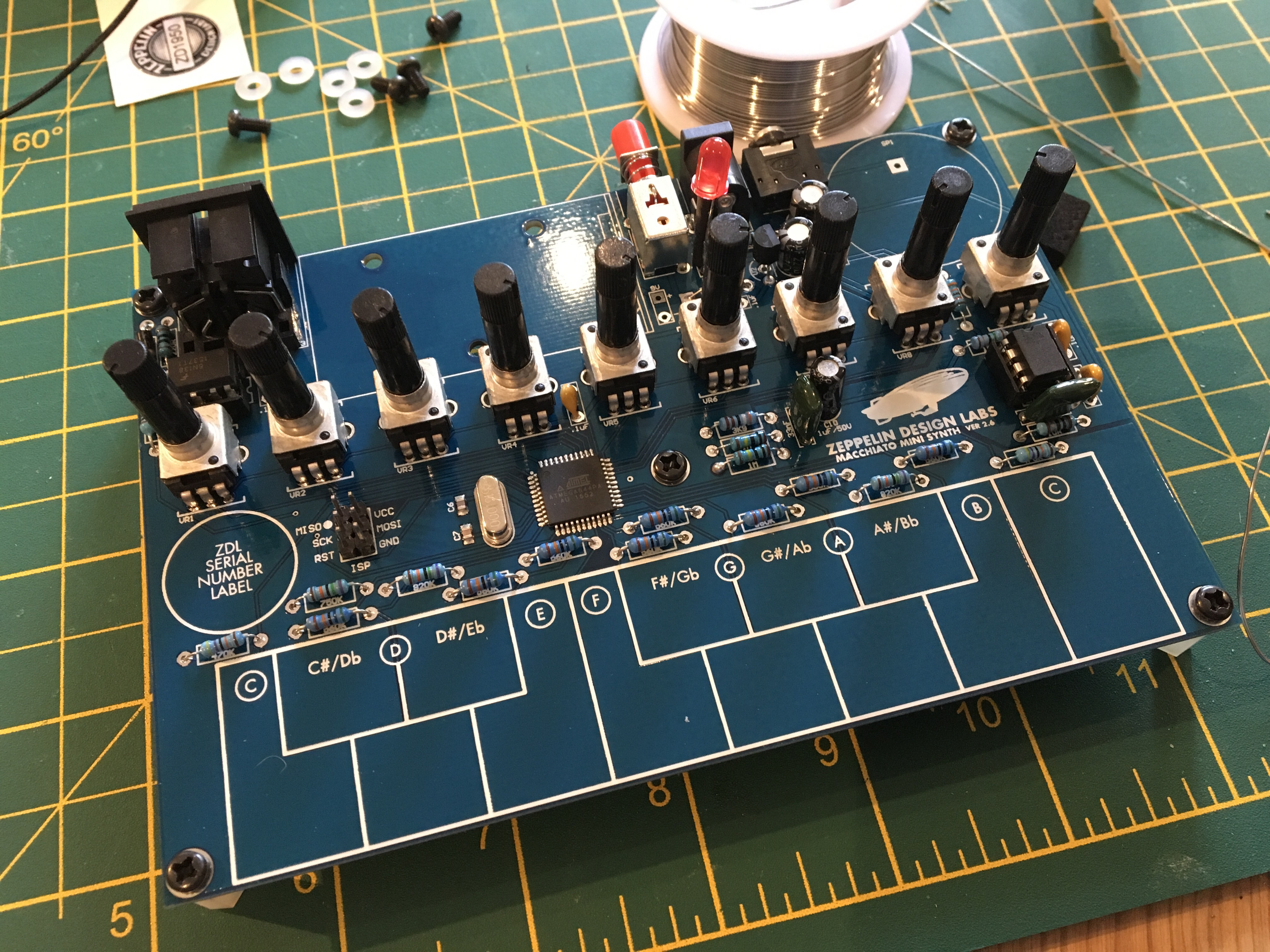
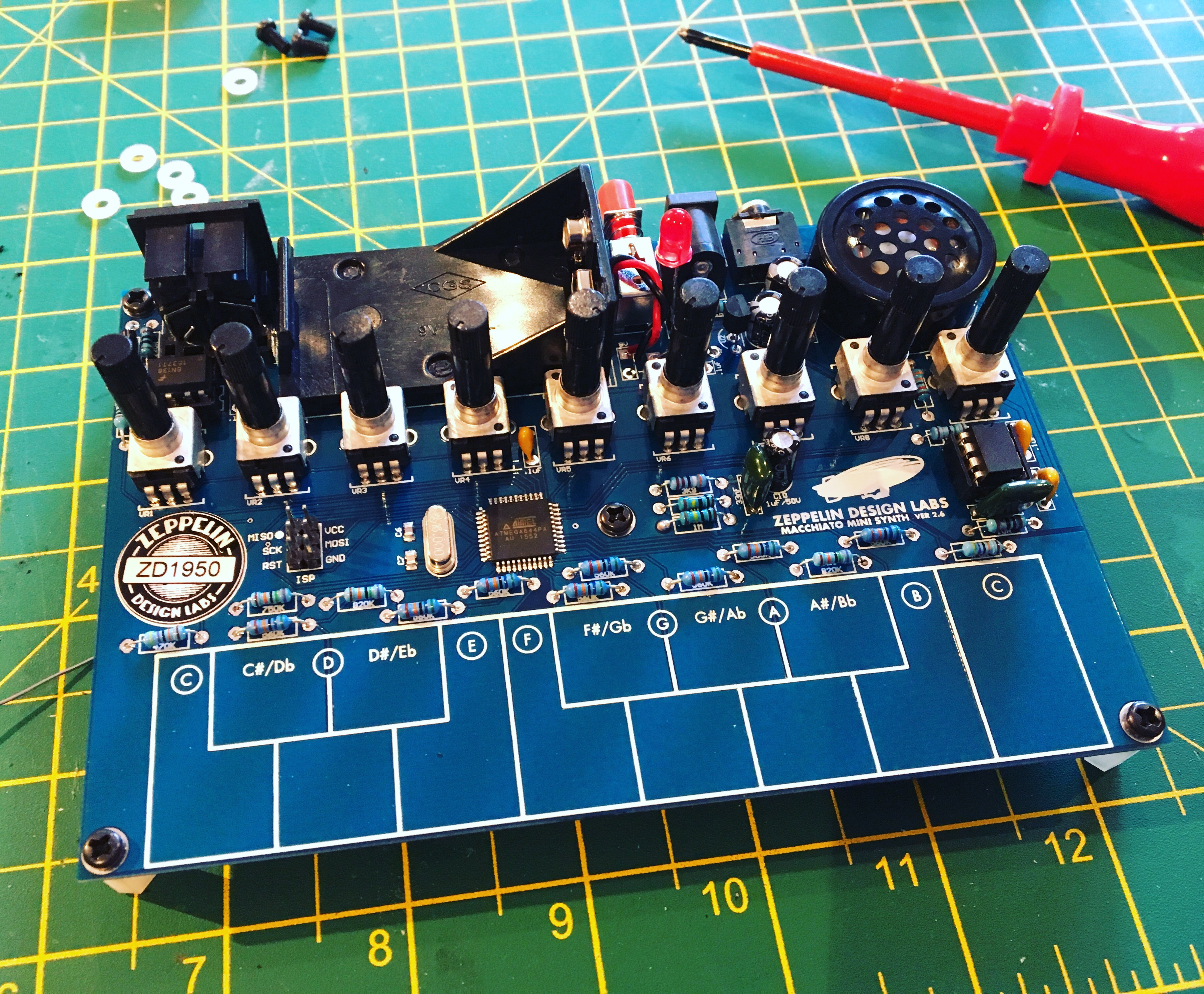
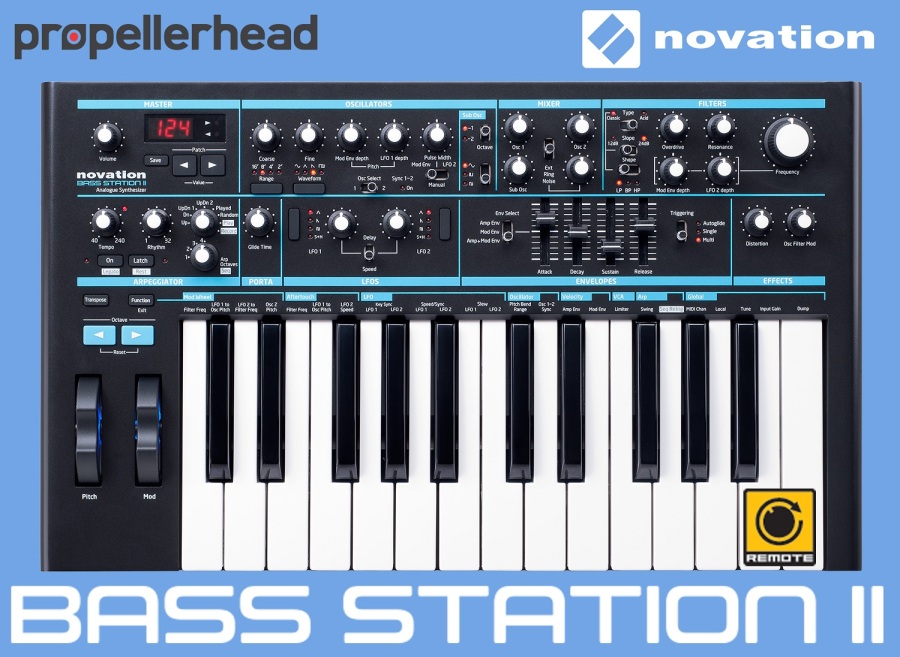
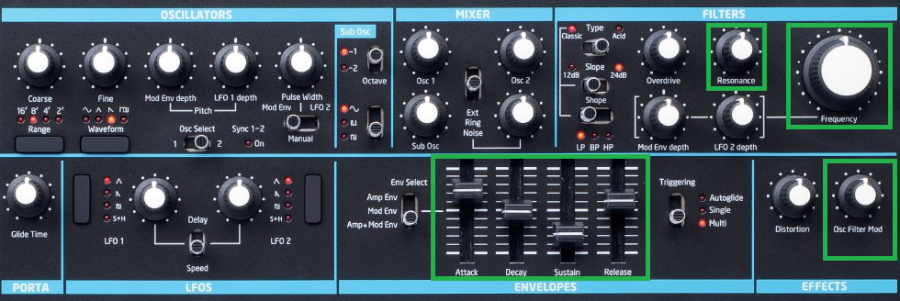
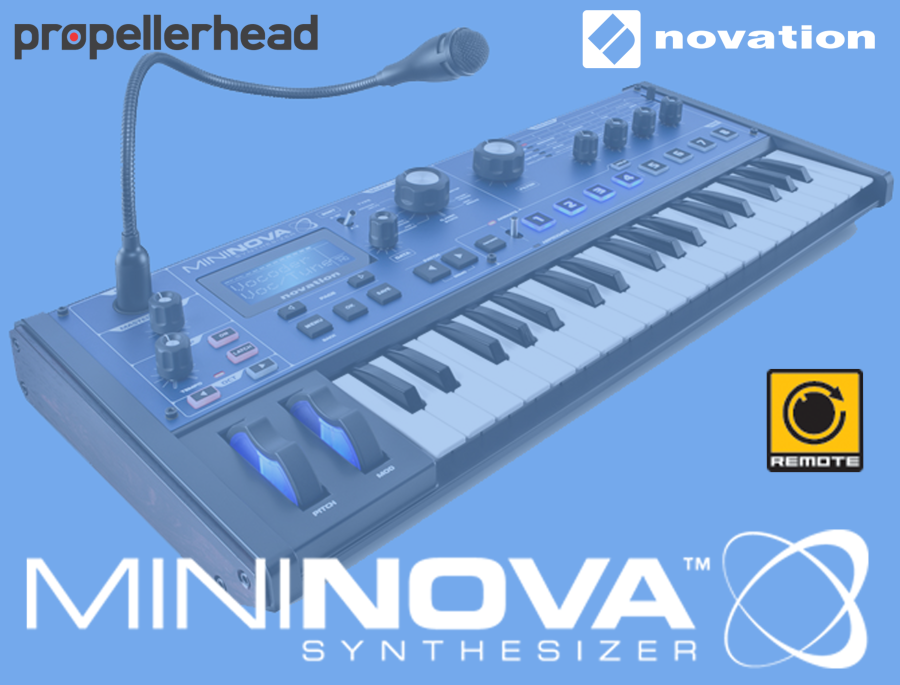



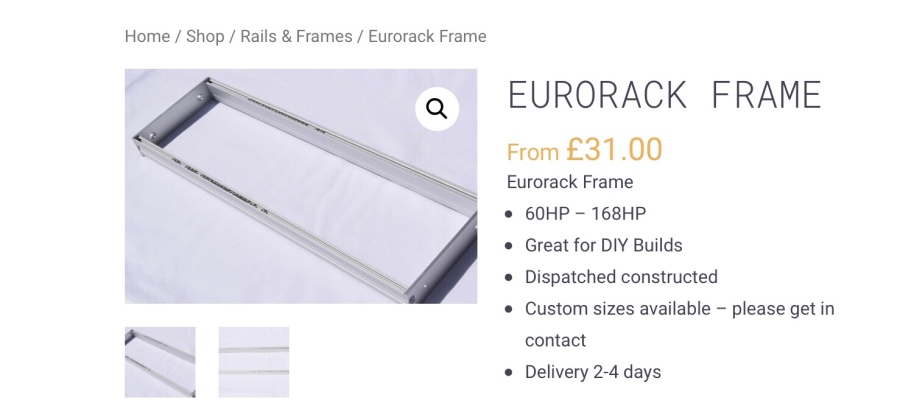
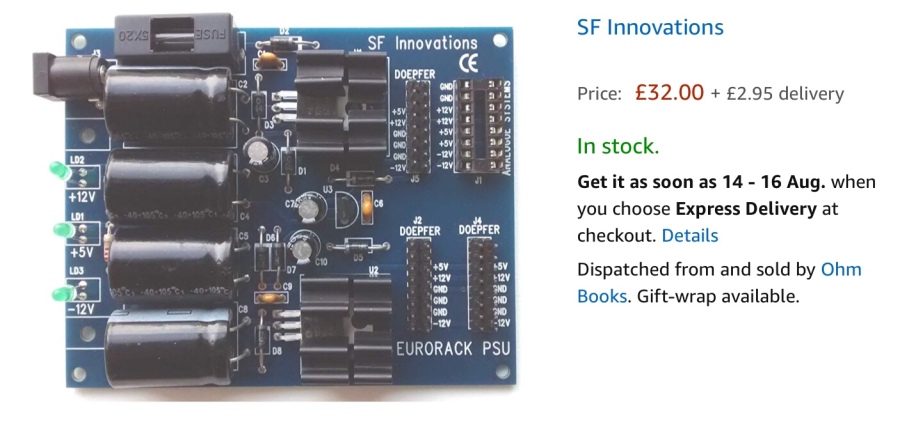
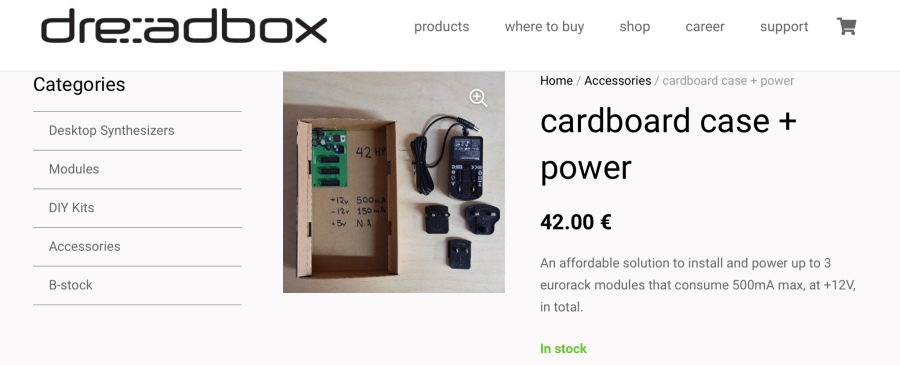

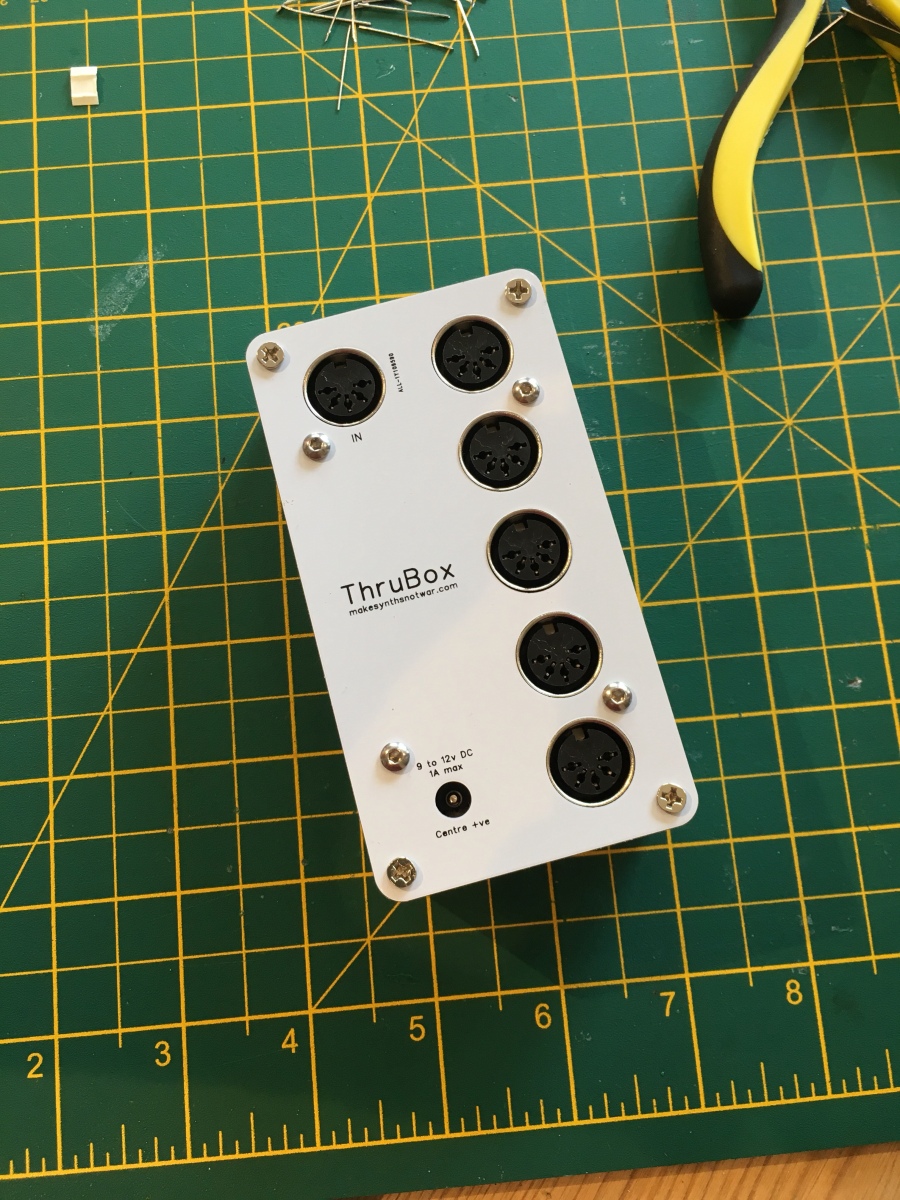
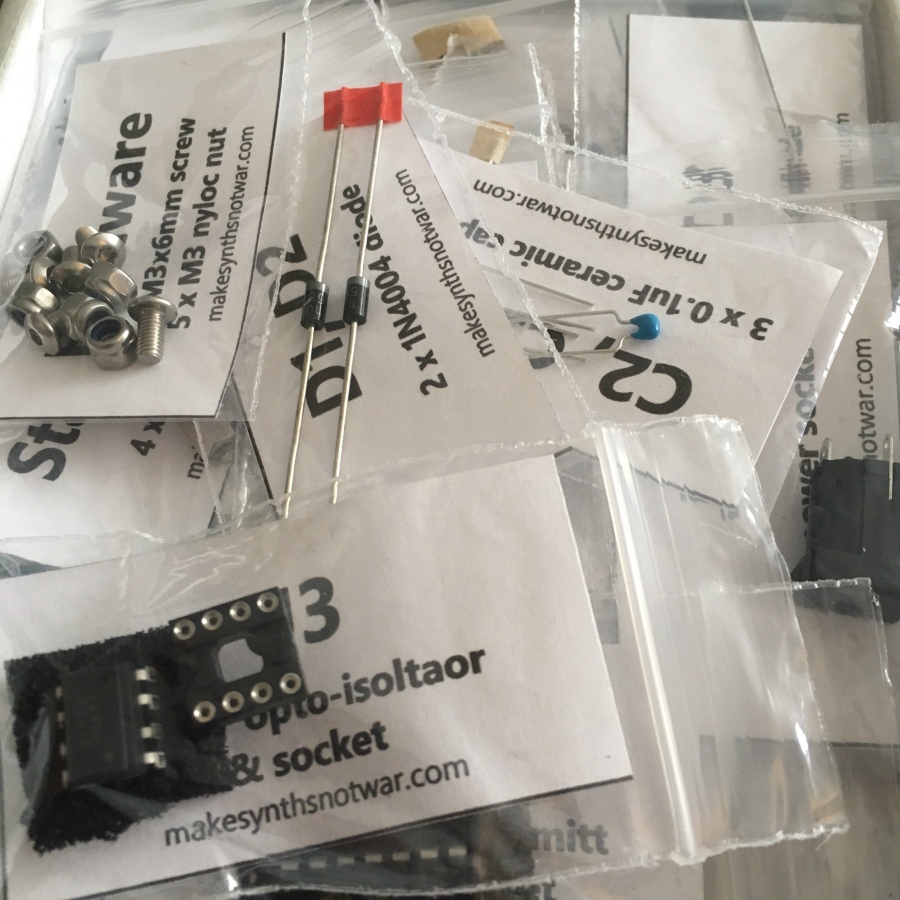
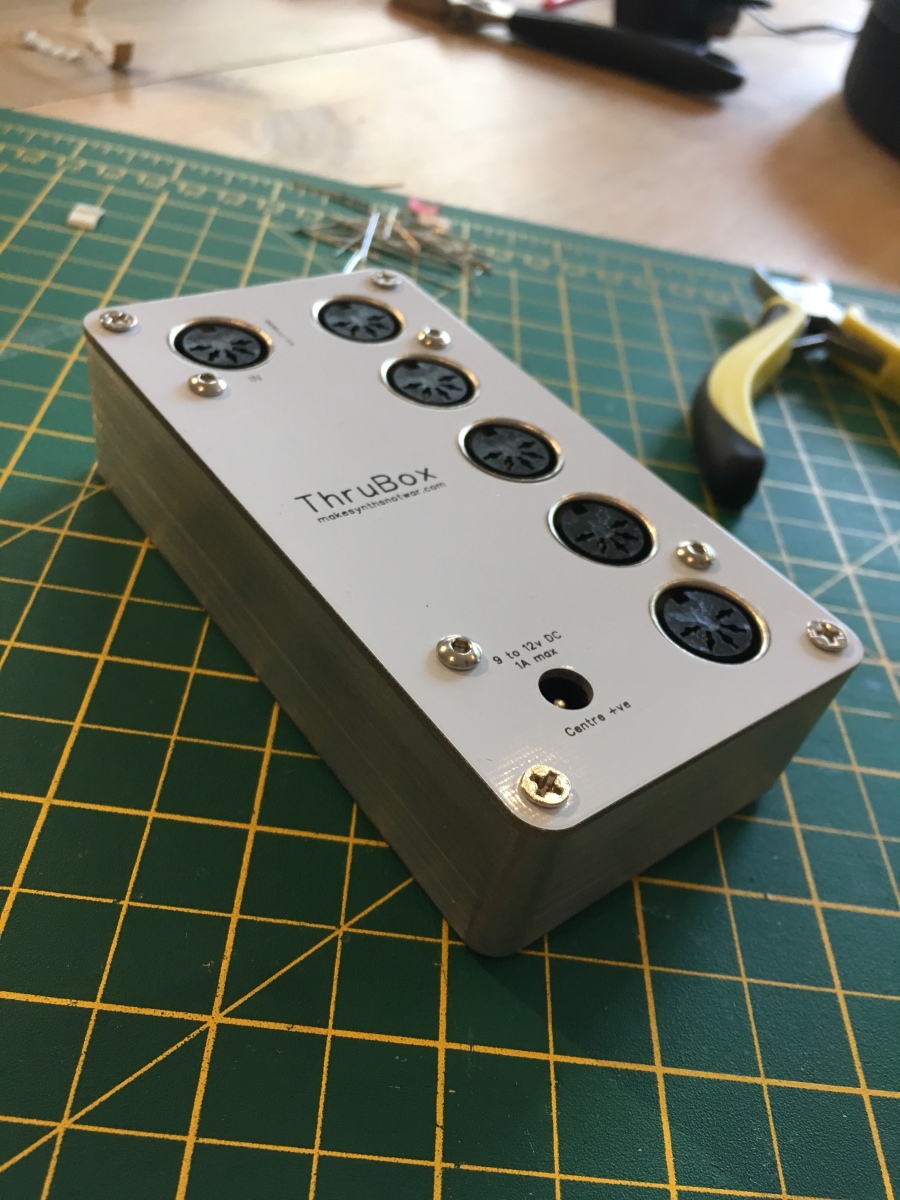 Next all that’s needed to do is power it up. And it’s working very nicely indeed. 🙂
Next all that’s needed to do is power it up. And it’s working very nicely indeed. 🙂